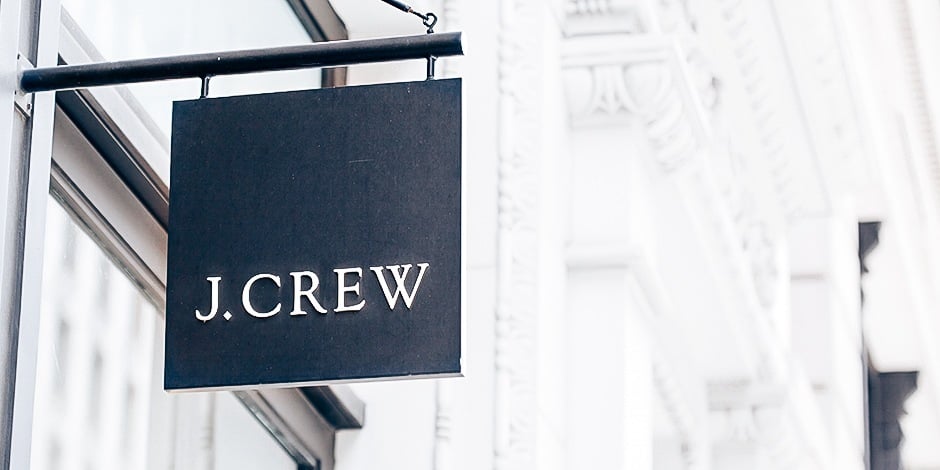What happens to a fashion brand when its core demographic gets older? It’s a subject much on the minds of fashion execs these days as the world emerges from the disruptions of the pandemic years.
Brands are jostling to establish beachheads with the next upcoming fashion cohort, Generation Z (those born mid-1990s to early 2010s). By 2031, the spending power of Gen Z is forecast to overtake that of millennials so the stakes couldn’t be higher.
Consider the dilemma at J. Crew, which targets 18 to 35-year-olds with its prep school and collegiate-inspired clothing and apparel. For roughly a decade starting in the mid-2000s American classic was king. J. Crew and competitors such as Abercrombie and Fitch, The Gap, and Brooks Brothers defined the aspirational soul of American fashion with a kind of New Age uniform for young professionals.
At J. Crew, which included cashmere sweaters, slim chinos, and a casual suit for men called The Ludlow, a cultish phenomenon, riding the wave of the blockbuster AMC series Mad Men, set in the advertising industry in 1960s New York.
The J. Crew look was aspirational, a favorite that flourished even through the Great Recession. In 2008, the new First Lady, Michelle Obama, became a J. Crew customer and poster person, along with entertainers like Taylor Swift, Jennifer Love Hewitt, and Brooke Shields.
The company had a good run until about 2015, when quality issues and changing tastes began eroding its base. J. Crew was still J. Crew, but its customers were growing up and away.
By 2020, the look was starting to show its age, the uniform was losing its allure, and the company was smothered in debt and had to declare bankruptcy.
A Wall Street Journal report quoted a formerly devoted customer explaining, “J.Crew kind of jumped on something when everybody just kind of wanted to look a little bit the same.” Those days were over, he said, and he decided he would rather not dress anymore like he “came off a conveyor belt.”
The company emerged from bankruptcy in 2020, converting $1.6 billion of debt into equity and secured a credit line of $400 million. In the retail rebound of 2022, J. Crew and other apparel retailers enjoyed a robust bump in sales. But for J. Crew, it was only a bump. The company’s 40th anniversary of its founding this spring was met with credit downgrades by analysts at Moody’s and Standard & Poor’s.
The future for J. Crew is murky at best.
Fashion Week Online reports that Gen Z fashion is about individuality and self-expression, blurring traditional gender boundaries and iconic styles from the past, like ‘90s grunge. The company brought some more forward-looking designers on board, but its new campaigns and reported comments by its CMO, Derek Yarbrough, suggest not much has changed.
“We try to keep things current,” he told Glossy.com. “Our chinos now are a bit baggier because that’s what men are wearing. And in a few years, I’m sure it will swing back to slimmer chinos. But the core of the style remains consistent.”
In a world dominated by dynamic culture and fashion, Yarborough evoked an image of a bygone era in his statements: “As we look forward, our mission remains the same: to create clothes of quality that you’ll wear and love for decades, and maybe even pass down one day.”
While the brand still has strong name recognition and awareness, they, like many others in the same position, would be well served to test their assumptions and decisions with consumers to see if they are right before they make the next set of bets.
















